Record 21 humpback calves spotted in Salish Sea over feeding season as whale numbers rebound
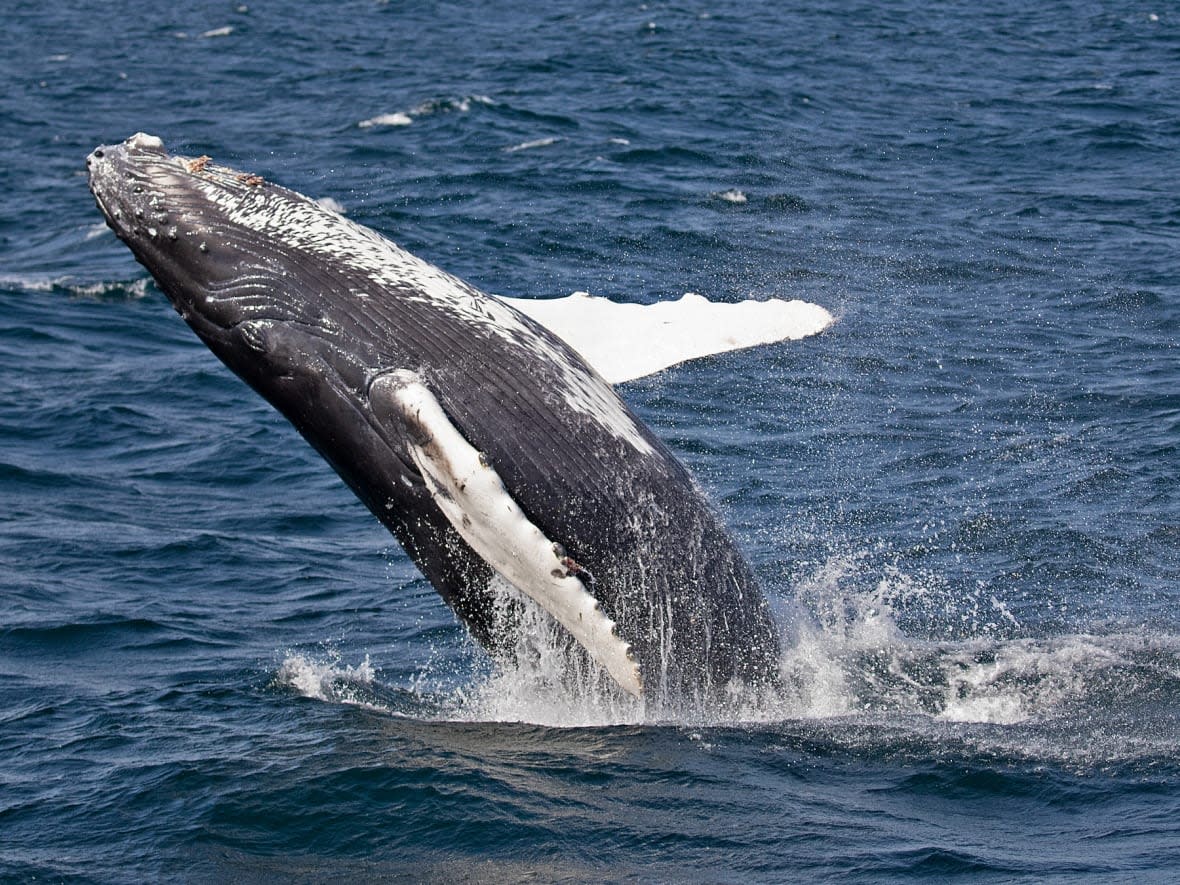
A record number of humpback whale calves have been spotted in the Salish Sea off the coast of British Columbia and Washington state this summer and fall, researchers say.
The Pacific Whale Watch Association (PWWA) says 21 calves have been photographed or tallied by watchers and researchers in the Salish Sea this feeding season. That's almost double the 11 spotted in 2020.
It marks a significant rebound for a species that was endangered just a couple of decades ago.
Nobody is sure exactly why there's been such a humpback baby boom.
PWWA executive director Erin Gless says it might be due to an abundance of food in their feeding grounds off Alaska and B.C.'s north coast, or simply an increase in adult whales since whaling was banned in the 1970s.
"It was apparently a very successful breeding season," said Gless.
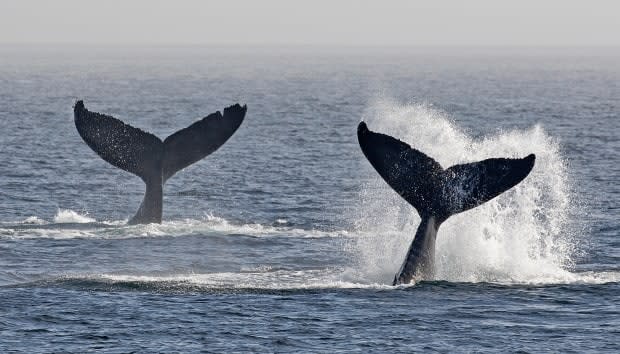
Humpbacks are Gless's favourite whale, despite what she calls the general "orca-centric" focus of the West Coast.
"They have really recovered quite nicely — this is a real treat for me to see all these little babies swimming around," she said.
"Twenty-five years ago here off of inland B.C. waters we had zero humpback whales, so this is a new phenomenon in our waters ... they've made up for lost time. We are seeing lots and lots of whales, which is super exciting."
In a news release, Mark Malleson of the Washington-based Center for Whale Research said 21 calves is the highest annual number on record for the region.
About 500 individual humpbacks whales have been documented in recent years in the Salish Sea.
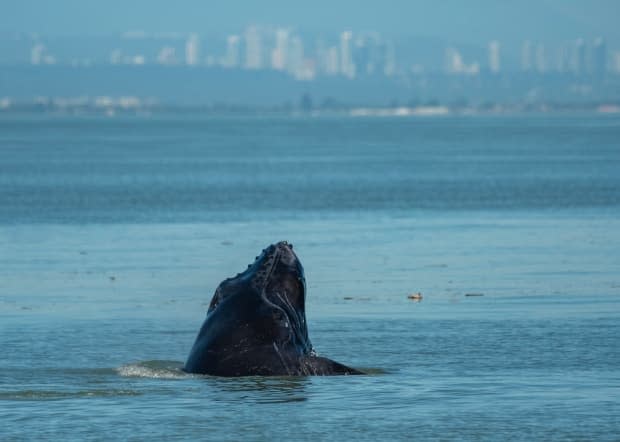
According to Gless, the first documented humpback to return to the Salish Sea area after commercial whaling was halted was known as Big Mama. She was spotted in 1997, then returned in 2003 with a calf.
Researchers have monitored the return of humpbacks to the area ever since, Gless said.
Humpbacks generally appear in the Salish Sea starting in late spring after calving in southern seas.
They head further north to feed over summer. An adult humpback eats about 900 kilograms of fish and krill daily.
The whales then return south along the coast in the fall, heading for breeding grounds near Hawaii or Mexico and Central America for the winter.
There can be up to about 200 whales in the Salish Sea on any given day during their migration, according to Gless.
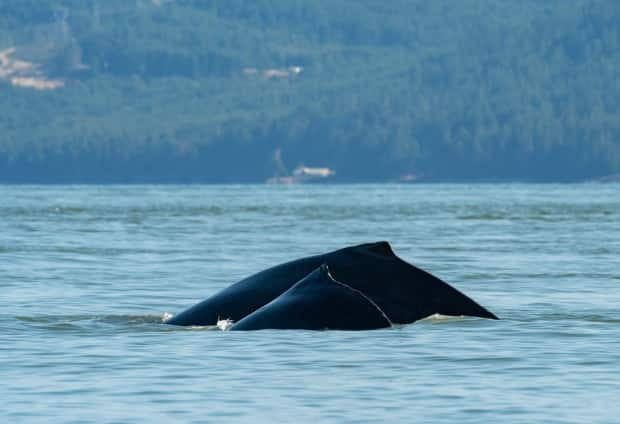
Researchers name all the whales, including the calves.
But Gless said they often wait until calves make it through their first year, as the first 12 months are the most perilous time for juveniles, which are often targeted by their main predator, the killer whale.
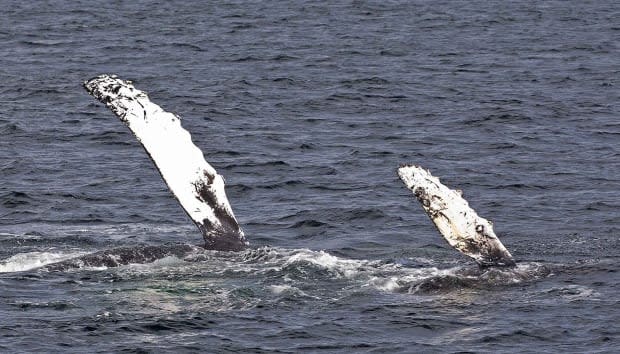

 Yahoo Movies
Yahoo Movies 
